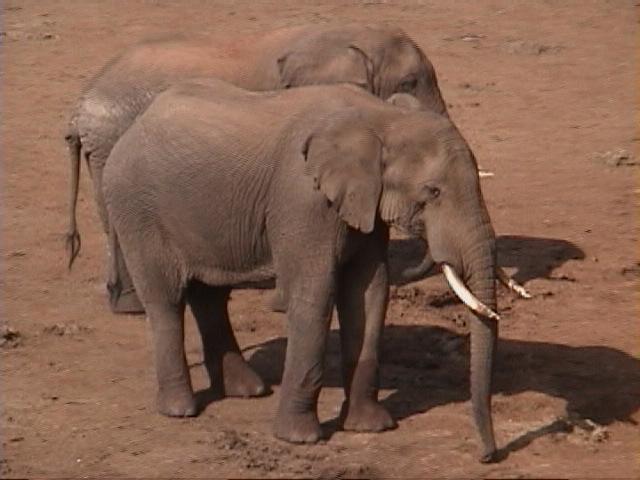|
| 질의: elephant | 결과: 1016번째/1460 | |
(P:\Africa\VideoStills) Dn-a1044.jpg (1/1) (90 K)
| 제목: | (P:\Africa\VideoStills) Dn-a1044.jpg (1/1) (90 K)
| | 올린이: | Darren New (dnew@san.rr.com)
| |

| 파일크기 : 37422 bytes
File date : 2001:05:29 13:29:41
해상도: 640x480
Jpeg process : Baseline
Posted Newsgroups: alt.binaries.pictures.animals
Posted 촬영일: Tue, 27 Feb 2001 07:03:52 GMT |
(P:\Africa\VideoStills) Dn-a1044.jpg (1/1) (90 K) |
^o^
동물그림창고 똑똑전화 누리집
^o^
|
|

